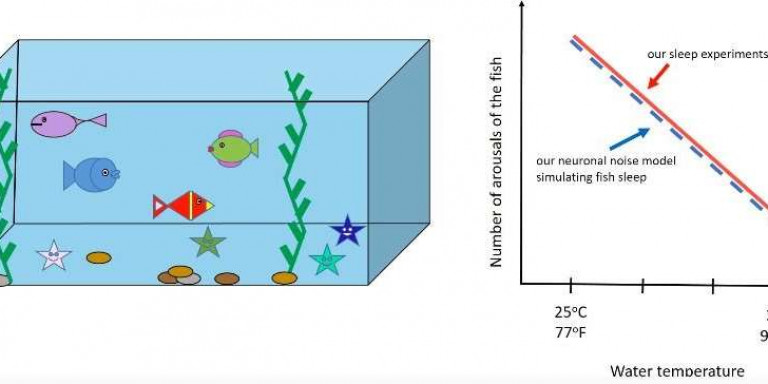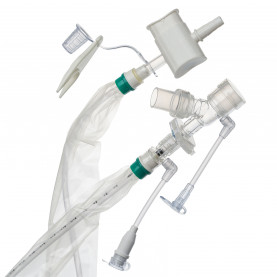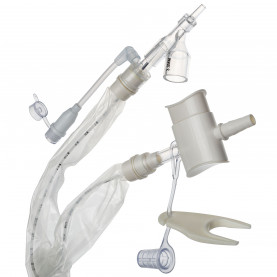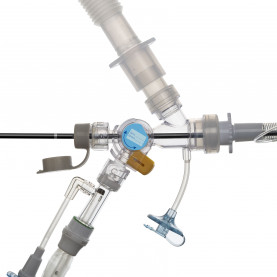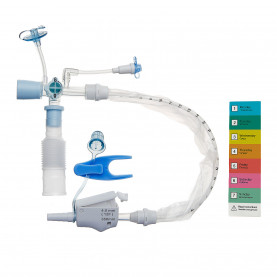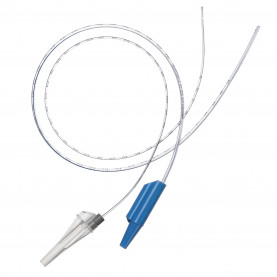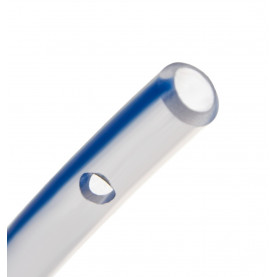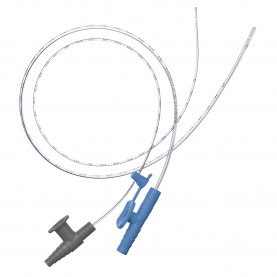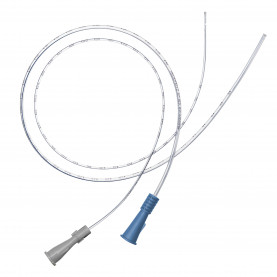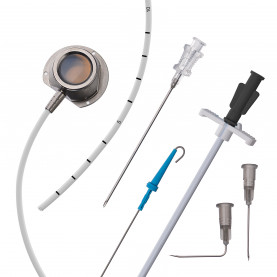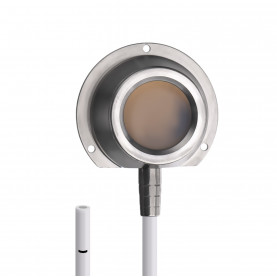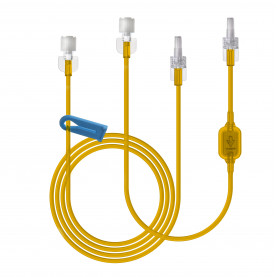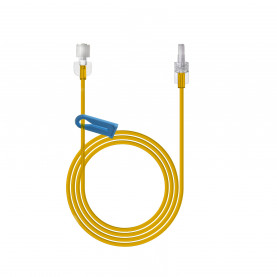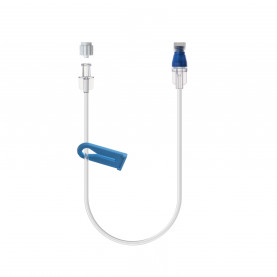New link between sleep arousals and body temperature may also be connected to SIDS
Brief arousals during sleep—sometimes as many as ten to fifteen per night—appear random in time and occur in humans and even in animals.
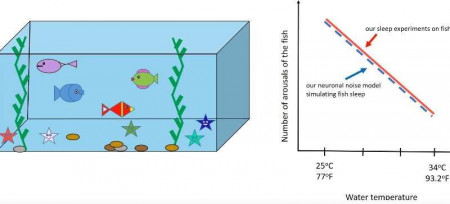
What is the origin of these arousals? Scientists from Bar-Ilan University in Israel, together with colleagues from Boston University, have discovered that brief arousals are probably triggered by the intrinsic electrical noise from wake-promoting neurons (WPN) in the brain. Their research, published in the journal Science Advanceson April 25, reveals a previously unrecognized neurophysiological mechanism that links sleep arousals with temperature regulation, and may also provide an important new link between temperature and Sudden Infant Death Syndrome (SIDS).
During sleep, WPN are suppressed by sleep promoting neurons. Nevertheless, Dr. Hila Dvir, lead co-author of the study from Bar-Ilan's Department of Physics, surmised that WPN still maintain a low level of activity, in the form of noise ("neuronal noise"). This neuronal noise is due to electrical fluctuations in the neuron voltage, which appear even without any input signal. For each neuron this noise is very low. However, since neurons are coupled to each other, the accumulated noise from many neurons can occasionally form a strong enough signal to activate WPN, causing a brief arousal.
Neuronal noise is very much affected by body temperature, so if the temperature is high, neuronal noise is low and vice versa. Dvir and lead co-author Dr. Ronny Bartsch, of the Department of Physics, joined forces with Prof. Lior Appelbaum, of the Mina and Everard Goodman Faculty of Life Sciences, to test whether the temperature dependence of neuronal noise directly translates into a different arousal behavior in zebrafish. Zebrafish are the optimal species for such an experiment since their body temperature can be easily manipulated by water temperature. The researchers analyzed periods when the zebrafish were predominantly sleeping and determined sleep duration and number of arousals in varying water temperatures. They found that, indeed, an increase in water temperature led to fewer and shorter arousals.
These experimental results were in excellent agreement with computer simulations that Dvir and Bartsch developed prior to the experiments, and which are based on a statistical physics model of the temperature dependent noise. "Because of this excellent agreement between model predictions and the experiment, we believe that sleep arousals can be attributed to the neuronal noise of wake-promoting neurons," says Bartsch.
The findings of the study present a possible new link between temperature, sleep arousals and Sudden Infant Death Syndrome (SIDS), the sudden, unexplained death during sleep of children under one year of age. Elevated room temperature, extensive crib bedding and prone sleeping position—all factors that contribute to higher body temperature—are known to increase the risk of SIDS. So far, the mechanism of why higher body temperature increases the risk of SIDS is unknown but neuronal noise and brief arousals could be a key. Since thermoregulation in young infants is not yet fully developed, their body temperature is highly affected by the environment/room temperature (similar to fish). "We think that SIDS can occur when as a result of higher temperature, neuronal noise levels and the associated probability for arousals are low," says Dvir. "In contrast, when the temperature is lower, an infant has higher neuronal noise level that yield more arousals during which the infant can change his position to help himself breath more freely or move a blanket that may be covering his face."

